UPDATE: We are thrilled to announce that our polar bear, Anoki, has settled into her new home at Seneca Park Zoo in Rochester, NY. This is a homecoming for Anoki as she was born at Seneca Park in 1996. She will be living in the exhibit her mother, Aurora, once inhabited. We wish her nothing but the best!
—Anoki the polar bear to move out, polar bear cubs from Columbus Zoo to move in—
BALTIMORE, MD — This fall Anoki, the Maryland Zoo’s 21-year-old female polar bear, will be moving from Baltimore to another zoo accredited by the Association of Zoos and Aquariums (AZA). The Zoo will then welcome female polar bear cubs Neva and her half-sister Amelia Gray from the Columbus Zoo and Aquarium. “We are tremendously fond of Anoki here at the Zoo, so this is bittersweet for us,” stated Don Hutchinson, president/CEO of The Maryland Zoo. “On a national level, the moves have been recommended by the AZA’s Polar Bear Species Survival Plan® (SSP) and we are happy to welcome the bears from the Columbus Zoo later this year.”
Anoki came to The Maryland Zoo in 2008 from the Albuquerque BioPark in New Mexico and has been a community favorite since her debut. Her moving date has not yet been set, but her fans are encouraged to come and visit her within the next few weeks to say goodbye.
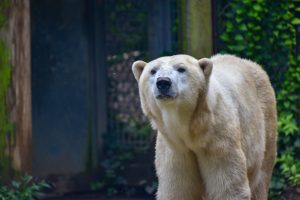
“Low reproduction is one of the biggest factors affecting the aging zoo polar bear population, so the opportunity to participate in groundbreaking research and contribute to the overall knowledge of polar bear reproduction was very appealing to us,” continued Cantwell. “Anoki will be missed, but we are confident she will be well cared for in her new home.”
Amelia Gray, Neva and her twin brother Nuniq were the only polar bear cubs born at a North American zoological facility in 2016 and the young bears have gained a large following since their births in November 2016.
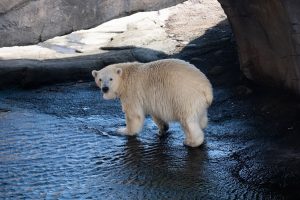
Amelia Gray was not raised together with Neva as female polar bears typically raise their young independently. However, they had daily opportunities to view one another, which will help in the introductions of Amelia Gray and Neva at The Maryland Zoo.
“Since the moment they were born, the polar bear care team has shared in so many incredible moments with Neva and Amelia Gray. From seeing them emerge from their dens and swim for the first time under the watchful eye of their moms, to learning their distinct personalities and training them for voluntary blood draws so they are able to participate in their own health care, our team has remained committed to ensuring they receive the best possible care,” said Carrie Pratt, curator of the Columbus Zoo’s North America region. “We are, of course, sad to see them leave, but we are also filled with a deep sense of pride, knowing that we are working to help protect their threatened species and that this is the next necessary step as they continue to grow into adult bears.”
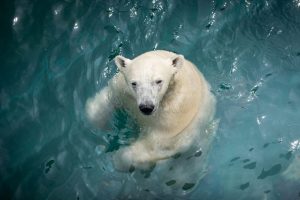
Polar bears are native to the circumpolar north, including the United States (Alaska), Canada, Russia, Norway, and Denmark (Greenland). They are at the top of the Arctic food chain and primarily eat seals. Polar bear populations are declining due to the disappearance of sea ice, and experts estimate that only 20,000-25,000 polar bears are left in their native range. Some scientists believe if the warming trend continues, two-thirds of the polar bear population could disappear by the year 2050.
For updates regarding Anoki’s departure and the arrival of Neva and Amelia Gray, follow The Maryland Zoo on Facebook, Twitter and Instagram.
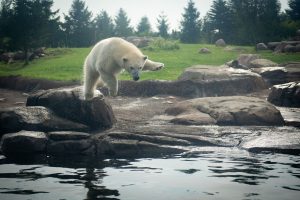

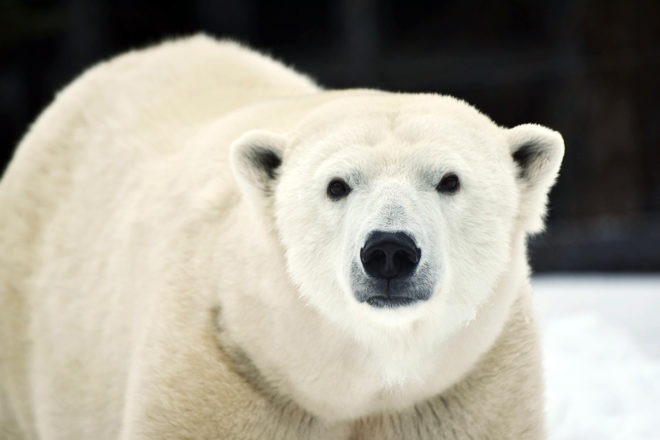
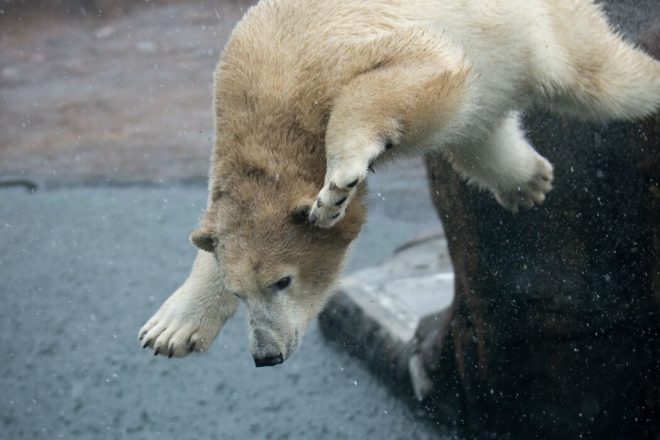
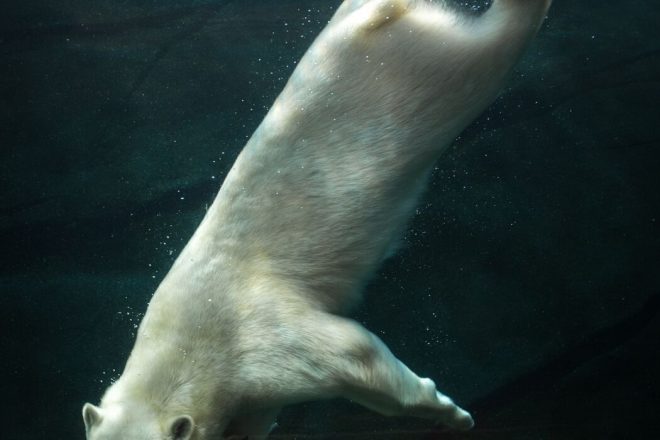
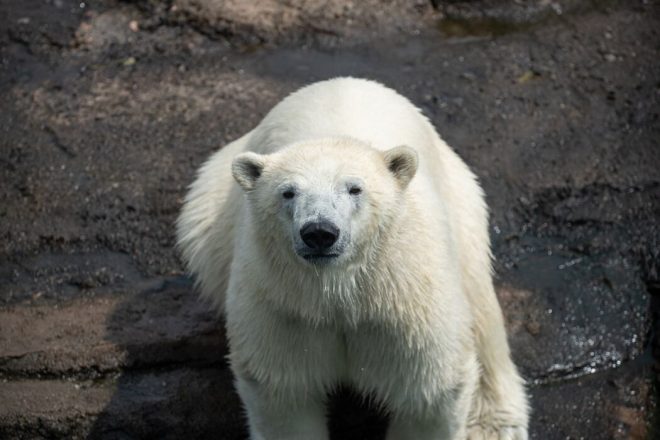
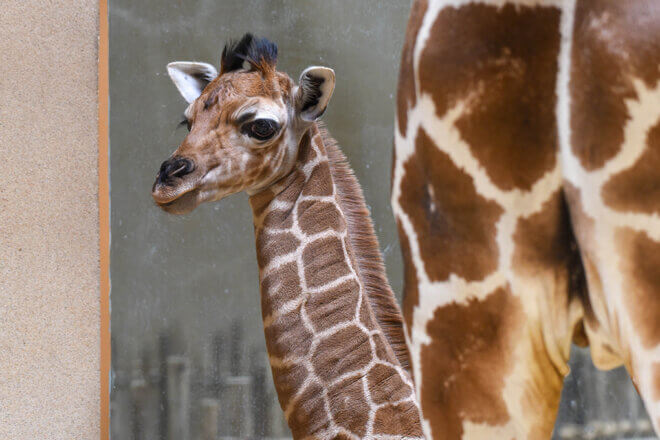
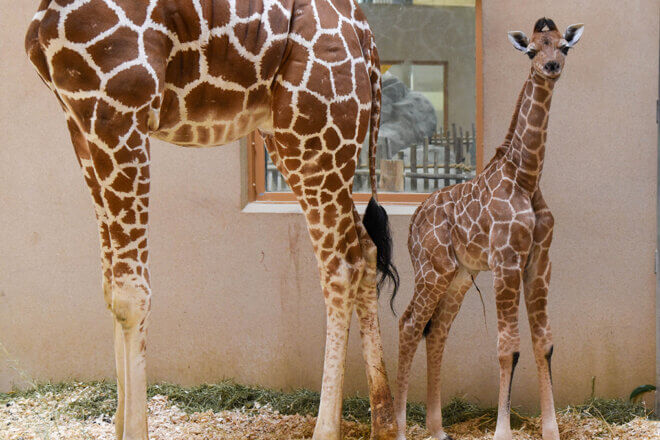

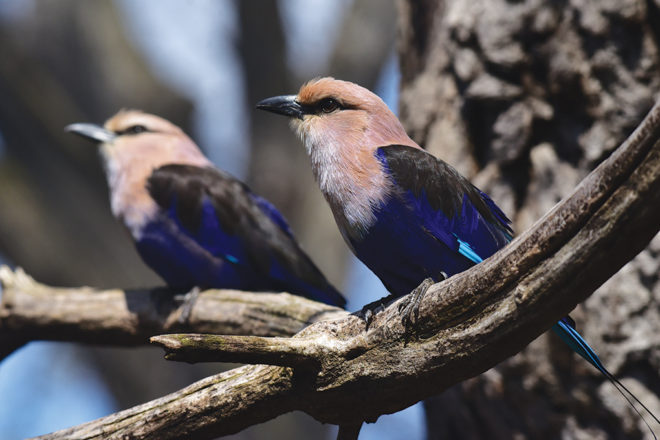
Share this article